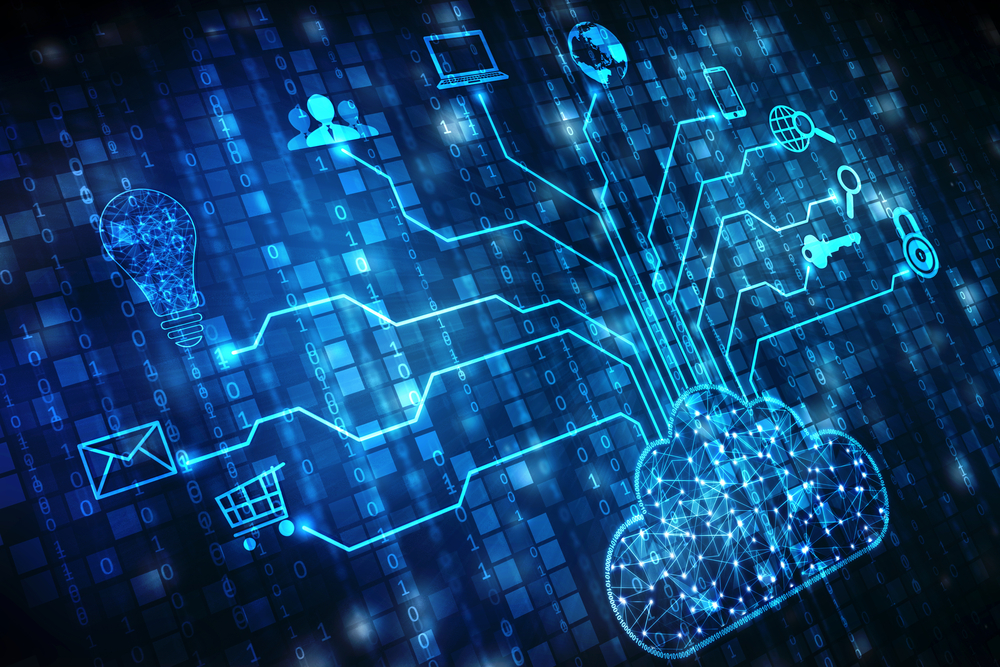In 2020, COVID-19 pummeled infrastructure and operations (I&O) as organizations shifted their workforce to remote arrangements to accommodate shelter-in-place strategies. The latest data tells us that our workforce will continue operating remotely for the foreseeable future, and some statistics even suggest that we may never go back. It’s not that I&O’s interest in increasing the use of 5G, Internet of Things (IoT) sensors, and artificial intelligence (AI) went away last year. It’s just that the necessity of coping during a global pandemic shifted our infrastructure strategies so significantly that we thought of little else. But it’s a new year, and I&O professionals have normalized remote operations. What’s next for I&O?

Cloud emphasis for 2021 I&0
Our march to the cloud will continue full-force this year. For many organizations who are already well into their cloud migration, an I&O push toward a decentralized set of resources in the cloud will characterize their strategies this year. Even for companies still hesitantly dipping their toes into cloud models, there is a recognition that cloud operations will increasingly form the backbone of an app- and data-driven infrastructure of the future.
This is particularly true as more consumers shift their new normal to purchasing within e-commerce models. IoT remote sensors in healthcare along with telemedicine usage trends will grow this year. Then there is the ever-increasing worry about cybersecurity and a lack of hirable talent creating I&O vulnerabilities on-premise. All of these trends will facilitate a growing reliance on cloud tools, platforms, and models.
Artificial intelligence of course will impact cloud services for I&O. Machine learning algorithms will work their way into everything in the coming years. Automation tools will increase our agility and reduce deployment time. When coupled with the more powerful compute capabilities in the cloud, this type of intelligent automation will likely impact human workflows significantly.

Anywhere operations will continue to normalize
For most I&O professionals, the early part of 2020 was a significant scramble as we adapted to new remote work models. By the fall of 2020, it became clear that anywhere operations are now the new normal for any business model that could afford to adopt that strategy. In recognition that there is business value in distributed footprints, IT operations focused on cleaning these models up by improving a more permanent security infrastructure.
With the evolution of remote teams, expect an increase in virtual environments where a managed cloud delivers workstations to your employees, wherever they may be. Leveraging by-the-hour subscriptions with automated software updates will eliminate the need for hardware updates. In addition to the time and cost savings, virtual cloud desktops are, by nature, suited to any disaster recovery planning effort.
2020 taught us many things, but from an I&O perspective, flexibility and disaster recovery became our keynote address. For some, this goes against the teachings that any infrastructure should be static and centralized. Instead, I&O must focus on dynamically supporting remote teams, including their IT staff. Optimizing such a sprawling infrastructure creates a challenge but also necessitates and supports the use case for cloud adoption. One key to I&O success will be developing a new, more resilient IT structure that supports the right work, in the right location, at the right time.

Planning for operational continuity
We’ve long preached the need for alternative infrastructures, but seldom, if ever, have we had to leverage them as we did in 2020. One recent study found that, while 62% of companies say they have business continuity plans in place, most only cover contingent planning for a few weeks at a time. 2021 allows us an opportunity to shore up these vital planning and implementation architectures to ensure they are continuous, redundant, and consistent.
Cybersecurity remains a massive issue, particularly with the increasing reliance on a dispersed workforce model. One lesson many of us learned in 2020 is that business continuity requires more than just a data backup. IT architectures are connected at every point in the business, so disruption of the basic infrastructure means an interruption of revenue cycle and profit flow. The good news for I&O executives is that this realization makes for an easier business case when seeking the budget necessary to modernize legacy tools.
The call to arms for 2021 for most enterprise I&O teams must be to modernize core architectures. This will be a lengthy undertaking likely to fall within the parameters of a digital transformation effort. Lowering technical debt by moving away from legacy architectures is job one, and it will not be easy, either. Creating a modernization roadmap coupled with a realistic timeline will help these large organizations move in the right direction.
The Windsor Group Sourcing Advisory works with mid-size and enterprise organizations to evolve their strategy and implementation initiatives. We work frequently side-by-side with I&O as part of their efforts to transform organizations in a changing world. To learn more or to start a conversation, visit us at windzr.com.

